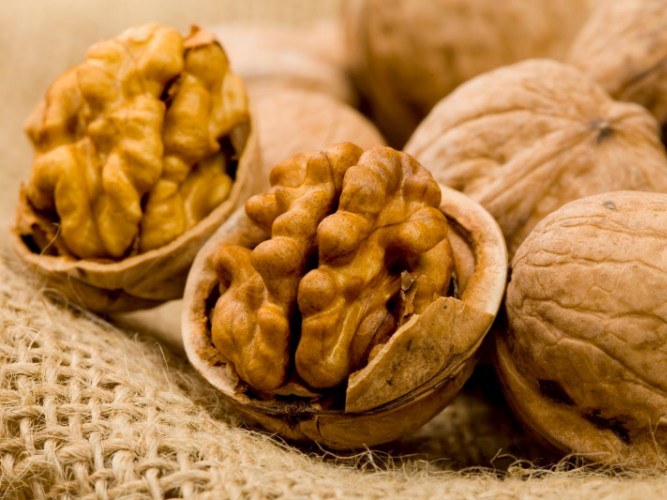Where it grows walnut
In the wild walnut is widely found in Anterior and Middle Asia, Korea, China and Japan. It is successfully cultivated also in Ukraine, Belarus, Moldova and the Caucasus. This is a useful plant grows of man since time immemorial. To date walnut spread far to the North of the natural habitat. Planting walnut meet, for example, in the Rostov and Voronezh regions of Russia.
Under natural conditions this plant can reach twenty meters or more in height. It has a magnificent crown, which is comparable in diameter with the height of the tree. Fruit walnuts usually starts in the fifth year, sometimes even later. But some varieties will bear fruit at three. The walnut tree has a considerable lifespan, which can reach two to three hundred years. Value are not only the fruit but also the wood itself, characterized by high consumer qualities.
How grow walnut
Walnut relates to heat-loving plants, but some species tolerate relatively small and short-lived frosts. It is best with lower temperatures manage healthy trees weakened by drought. The most sensitive period in the life of this plant – the time when the buds and flowering begins.
The plant is very sensitive to light. Best walnut fruits in those regions where a significant number of Sunny days per year. Powerful and dense crown requires sufficient space around the tree. Where the walnut is planted often, he is aging prematurely and usually brings a large number of fruits. The leaves of the trees crowding in such plantings, are weak and look lifeless.
For proper growth of trees is important a constant level of groundwater. Very dense or waterlogged soil for walnut are not suitable. In some cases, to accelerate the growth of trees and ripening enable targeted reclamation activities, in which the root system plays the excess moisture and at the same time decreases the acidity of the soil.
The greatest amount of water a walnut tree consumes in the spring and summer period, from may to August. If in the field of artificial planting rains fall rarely, farmers use regular but moderate watering plantings. When, for whatever reason, to water the nut is impossible, it is necessary to take conservation measures in the upper layer of the soil needed moisture.
